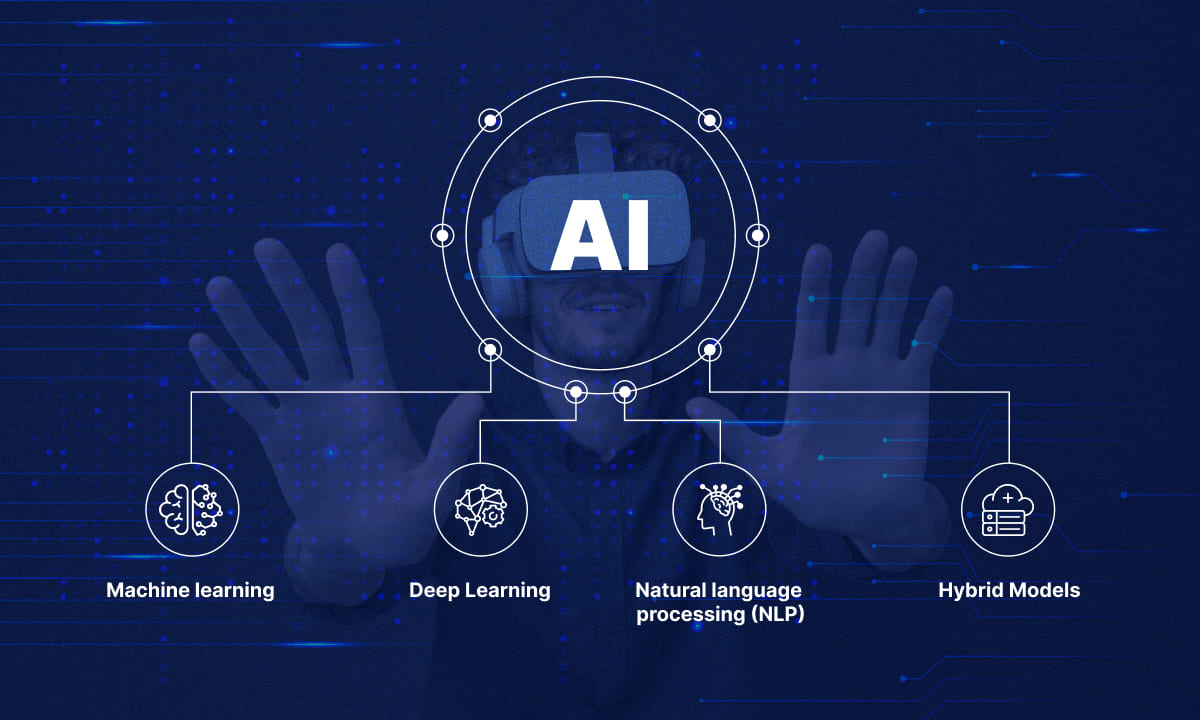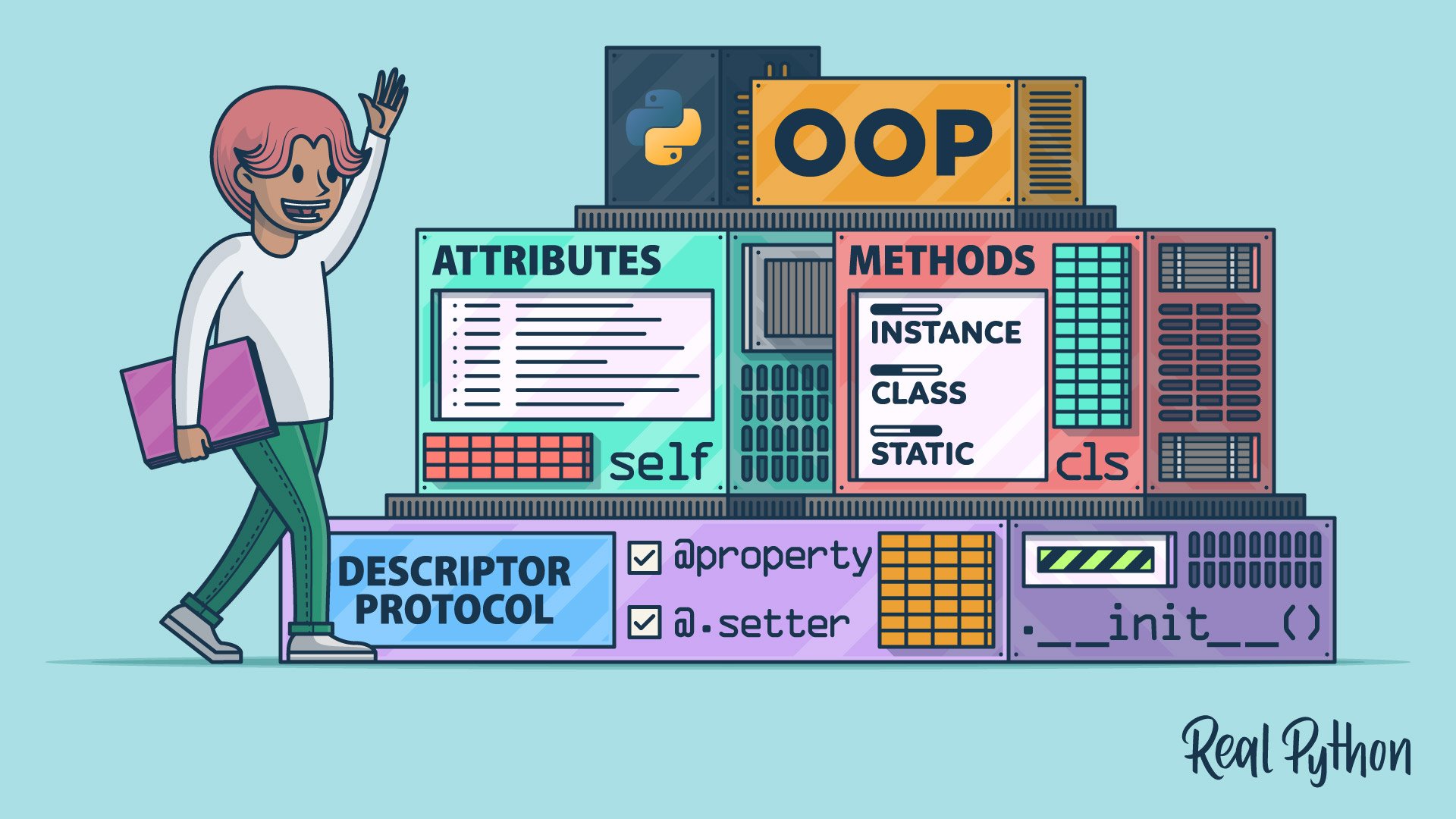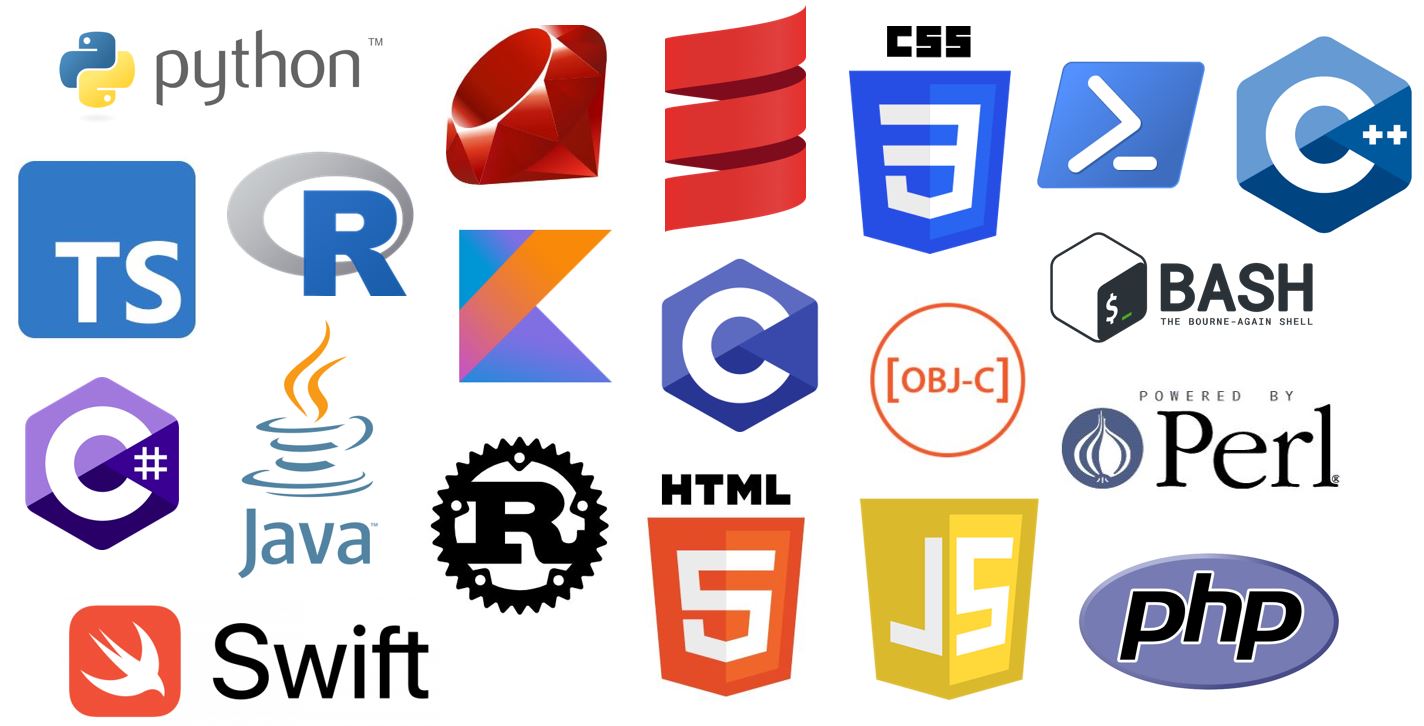
Python & Mojo: Unlocking AI Development’s Full Potential
The world of AI development is brimming with languages, each offering unique advantages. Python, a beloved choice for its readability and vast ecosystem, often falls short when it comes to raw performance. That’s where Mojo emerges, a new challenger aiming to bridge this gap.
What is Mojo?
Imagine a language that combines the familiar syntax and extensive libraries of Python with the speed and control of a compiled language like C. That’s the essence of Mojo. It’s designed as a superset of Python, meaning you can leverage your existing Python knowledge while unlocking significant performance gains.
Here’s what makes Mojo exciting for AI developers:
- Unmatched Speed: Unlike Python’s interpreted nature, Mojo is compiled, resulting in faster execution times — crucial for computationally intensive AI tasks like deep learning.
- Pythonic Familiarity: The syntax borrows heavily from Python, making the learning curve smoother for Python programmers.
- Seamless Integration: Mojo integrates seamlessly with the Python ecosystem. You can freely use popular libraries like NumPy and Matplotlib alongside your Mojo code.
- Strong Type Safety: Mojo enforces stricter typing compared to Python, leading to fewer errors and more robust code.
Mojo Logo
Python vs. Mojo: When to Choose Which?
While Mojo is a compelling option, it’s still under development. Here’s a breakdown to help you decide:
- For rapid prototyping and exploration: Python remains the champion due to its ease of use and extensive libraries.
- For production-grade AI systems demanding peak performance: Mojo shines with its compiled nature and type safety.
Think of Mojo as the next step in your Python journey — a way to extract maximum performance from your codebase when needed.
Getting Started with Mojo
Intrigued by Mojo’s potential? Here’s how to dive in:
- Head to the official website: https://www.codecademy.com/article/getting-started-with-modulars-mojo-programming-language offers comprehensive documentation, tutorials, and resources.
- Install the Mojo compiler: The installation process is straightforward and documented on the website.
- Start with code samples: The website provides a plethora of code examples to get you familiar with Mojo’s syntax and capabilities.
While Mojo is still young, its potential for AI development is undeniable. By combining the strengths of Python and compiled languages, it offers a powerful toolkit for building high-performance AI applications. So, keep an eye on Mojo — it might just be the future of Python for AI development.
 AI Development
AI Development
Supercharging Your Python Classes
Four advanced tricks to give your data science and machine learning classes the edge you never knew they needed:
- Class Methods: Unlock the full potential of your Python classes with advanced techniques.
- Data Science: Take your data science skills to the next level with Mojo.
- Machine Learning: Discover how Mojo can elevate your machine learning models.
 Python Classes
Python Classes
Highest Paying Programming Languages to Learn
- Python: Widely used in various fields such as web development, data science, machine learning, and automation.
- JavaScript: Used for both frontend and backend development, with frameworks like React, Angular, and Node.js.
- Java: A classic language that continues to be in demand, particularly in enterprise-level development, Android app development, and large-scale web applications.
- Scala: Used in the field of big data and distributed computing, with frameworks like Apache Spark.
- Go (Golang): Increasingly used in cloud-based services, microservices architecture, and large-scale distributed systems.
- Ruby on Rails: A framework for building web applications, known for its developer-friendly syntax and rapid development capabilities.
- Kotlin: Gaining popularity, especially for Android app development, with official support from Google.
- Rust: Growing in popularity due to its focus on performance, memory safety, and concurrency.
- Objective-C: Though its usage is declining with the rise of Swift, it’s still relevant for maintaining legacy iOS and macOS applications.
 Programming Languages
Programming Languages















